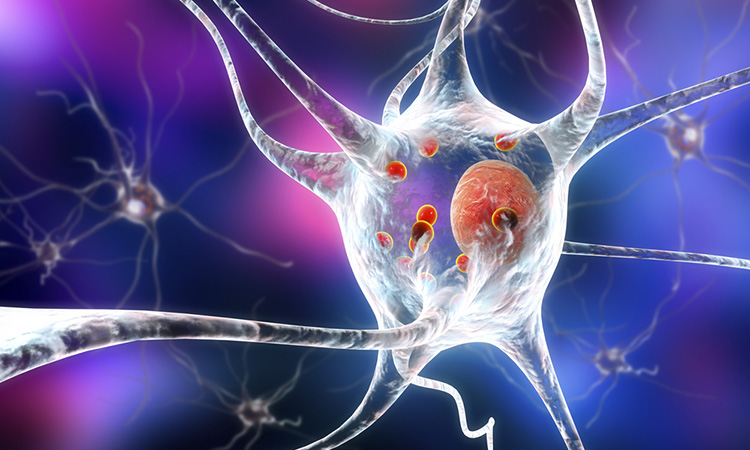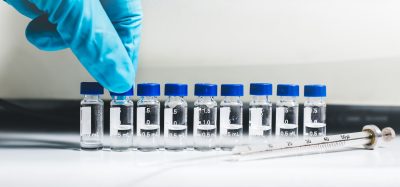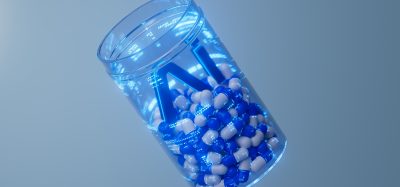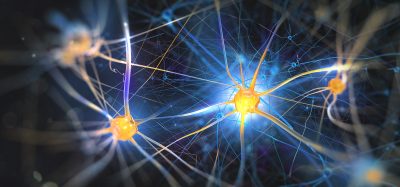Possible improvement to Parkinson’s disease treatment shown in study
Posted: 25 February 2022 | Ria Kakkad (Drug Target Review) | No comments yet
Research from the University of Copenhagen reveals how Deep Brain Stimulation treatment of walking problems in Parkinson’s disease could be optimised by targeting specific neurons in the brainstem.


People with Parkinson’s disease are usually treated with medicine, but in some cases, they are treated with Deep Brain Stimulation (DBS). This is an effective way of treating a tremor but remains a challenge when alleviating walking difficulties and freezing. New research, by the University of Copenhagen, Denmark showed that DBS treatment of walking problems in Parkinson’s could be optimised by targeting specific neurons in the brainstem.
Based on previous animal studies of motor circuits, scientists have hypothesised that freezing of walking in Parkinson’s disease could be eased. This would require DBS to stimulate neurons in the pedunculopontine nucleus (PPN), which is in the brainstem. The PPN was thought to send signals from the brain to the spinal cord leading to body movements.
“Initial results from clinical trials with DBS of the PPN had very variable effect on movement recovery, particularly in patients who experience freezing of walking. It has therefore been debated where within the brainstem an optimal stimulation should be. Our study brings new knowledge to the table regarding the best area for DBS in order to alleviate this particular symptom,” said Professor Ole Kiehn, one of the authors of the study published in Nature Communications.
Previous results from the group showed that stimulation of so-called excitatory neurons in the PPN could initiate locomotion in normal mice. It raised the possibility that these nerve cells could indeed be used to treat movement symptoms in mice with features of Parkinson’s disease.
“We use a technology to target specific group of cells in the PPN in order to close in on what areas are the best to stimulate, if we want to alleviate these particular symptoms. The result shows that the motor improvement is optimal, if we stimulate what we call excitatory neurons in the caudal area of the PPN,” explained Kiehn. “We believe that clinical trials with brainstem DBS are the right strategy to facilitate patients to walk properly again. But the variable clinical results occur, because DBS would require higher precision to target the particular group of neurons in the caudal PPN. It is a very delicate area, because if we were to stimulate excitatory neurons in other areas than the caudal PPN, it would cause complete immobilisation instead.”
In the study, the researchers stimulated specific neurons in the caudal area of the PPN in mice. In doing so, the animals were able to walk normally, across longer distances.
“We systematically compared stimulation of different locations and cell types in a series of complementary experiments. And they all pointed towards the same conclusion. It strongly indicates these excitatory neurons in the caudal PPN are an ideal target for recovery of movement loss,” said Debora Masini, first author of the study.
The researchers hope that the new study could aid clinicians when they pick the exact location for DBS in the brainstem and also provide better treatment for patients with Parkinson’s disease.
Related topics
Disease Research, In Vivo, Neurons, Neurosciences, Therapeutics
Related conditions
Parkinson's disease
Related organisations
Copenhagen University
Related people
Debora Masini, Professor Ole Kiehn







